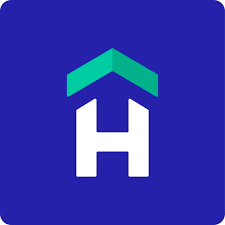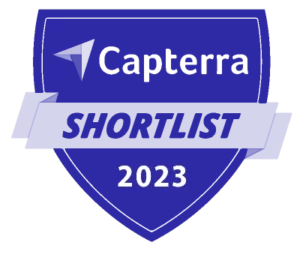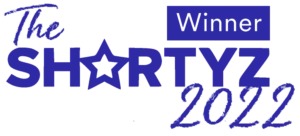Gone are the days of waiting hours on end for guests to arrive or rushing out to greet them in the middle of the night. Technology is transforming the check-in experience. Software like Hostfully automates every task from sending guests directions to granting them secure access to your property.
When choosing automation tools, it’s important to remember they give guests their first impression of your business. You must invest in the right ones to provide a seamless check-in experience.
Want to take advantage of all the new technology at your disposal while avoiding all the pitfalls? Read our guide to see how to automate check-ins without creating extra stress for guests or making them feel undervalued.
The rise of self-check-in: Why guests love it
There’s a growing demand for self-service. 80% of travelers say they’re open to staying in accommodation with fully automated check-in. A further 40% indicated that they actually prefer this kind of experience.
Guests want self-service for a variety of reasons. Families may struggle to stick to specific times, especially when they have small, unpredictable children. Likewise, business people may have packed schedules and prefer the flexibility of self-check-in.
Technology is advancing to meet this growing demand. In recent years, leading property management systems (PMS) like Hostfully have introduced features like automated emails, smart locks, and ID verification.
But self-service isn’t for everyone. Some countries have introduced policies requiring you to verify each guest’s identity in person, most notably Italy. Other businesses may find self-service doesn’t appeal to their key demographic due to cultural attitudes toward technology or hospitality.
The trick is to find the perfect balance for your target market. Before you invest in automation tools, consider what will elevate the guest experience and what will leave people feeling disappointed.
| “Our guests consistently appreciate the flexibility and convenience of the automated check-in process. Many arrive late in the evening, and knowing they can access the property at their leisure without additional coordination is a relief. While we don’t always receive direct comments about it, our 5-star ratings for check-in indicate the ease and reliability of the system.
—Justin Barker, founder of Lodgex |
Essential tools to automate guest check-in
Vacation rental automation only works when you have the right tools. Here’s everything you need to develop a seamless check-in journey:
Templates and triggers
A PMS like Hostfully can use triggers to send perfectly timed messages to guests with check-in instructions. All you have to do is write an email template for every scenario. When you receive a booking, the software automatically adds details about the guest, their reservation, and the property into the empty fields.
Emails can include directions to your vacation rental and instructions on how to access the property. This means guests have all the information to hand, sparing you from having to show them.
Some guest messaging software even lets you localize messages. For example, Hostfully lets you add different translations of all the email templates stored in your system. The software can detect where someone is booking from and automatically adjust the language settings.
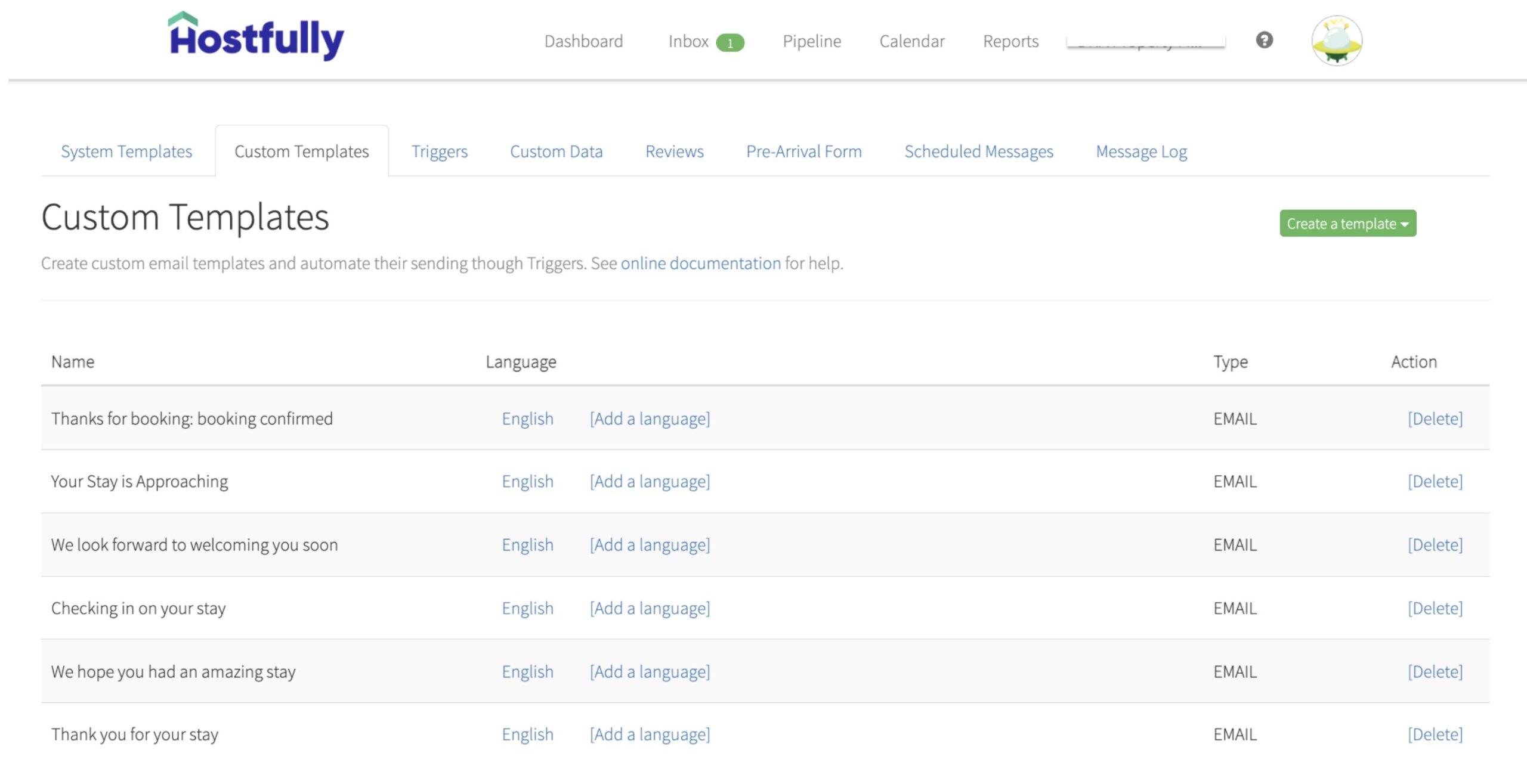
Guest screening
Automation makes guest screening faster and more reliable. Plus, you won’t need to hold up your guests by asking for their passports when they’ve just arrived at the property.
Hostfully integrations like Safely, Autohost, and Superhog can handle the following tasks:
- Running dynamic background checks
- Verifying IDs and passports
- Collecting security deposits
- Managing waivers and insurance
- Flagging suspicious activity
When you don’t handle guest screening, you may find check-ins become less awkward. Everyone knows the software will be fair and impartial. And guests are less likely to take it personally when an app requests a security deposit or wants to see their ID.
Keyless door locks
There’s no longer any need for you to drop off the keys. Keyless door locks let you automatically generate and send a unique code to guests when they make a reservation. You can add these codes to email templates as a dynamic field.
Once guests have left, smart locks can automatically revoke access to the property to ensure they remain secure. You can time this for a little while after the check-out time on their final day.
Smart devices
The right automation can give your guests a warm welcome to the property. They won’t need you to act as host and show them how everything works.
Here are some of the most popular smart tech for you to consider:
- Climate control: Devices can monitor the climate and keep properties at a comfortable temperature. This means guests never have to arrive at a baking hot or freezing cold Airbnb apartment.
- Smart lighting: Automated systems can adjust brightness according to the time of day or occupancy levels. Guests won’t have to fumble for the light switch if they arrive late but you won’t waste energy keeping everything turned on.
- Voice activation: AI assistants can help your guests use all the appliances. By setting up custom responses, you can also have assistants give recommendations about nearby amenities like restaurants and attractions to make their stay even better.
- Energy efficiency: Instead of setting rules, you can apply eco mode settings to all your appliances to automatically save more energy.
How to get accessibility right when automating check-in
If you’re not present when guests arrive, you need to make sure there will be no issues accessing the property or getting settled.
The challenge is identifying possible problems. No doubt you know your properties inside and out but many guests have never visited them before and have different needs and expectations. What’s obvious or easy for you may be challenging for them.
Try exploring your check-in process from a guest’s perspective. Ask yourself questions, for example, how obvious is it which property they should go to? Can they still see the front door at night? Is it easy to get suitcases over the threshold and through the front door?
Also, consider what special accommodations you need to make. Around 16% of your guests will have a disability that may make it challenging to see the check-in system or enter the property.
Develop your check-in process based on these insights. For example, you can install motion sensor lights on the outside of the property to illuminate the front door. Or you can make sure the smart lock is low enough for wheelchair users to access comfortably.
Beyond accommodating guest needs, consider how to provide a personalized service when you’re not there. Barker recommends sending pre-arrival messages and a custom digital guidebook link to tell them how to make the most of their stay.
He adds: “On arrival, I enhance the ambiance with thoughtful touches like thank-you cards, leaving lights on for late check-ins, and the occasional welcome gift for special occasions or holidays. I believe these efforts help guests feel special and at home.”
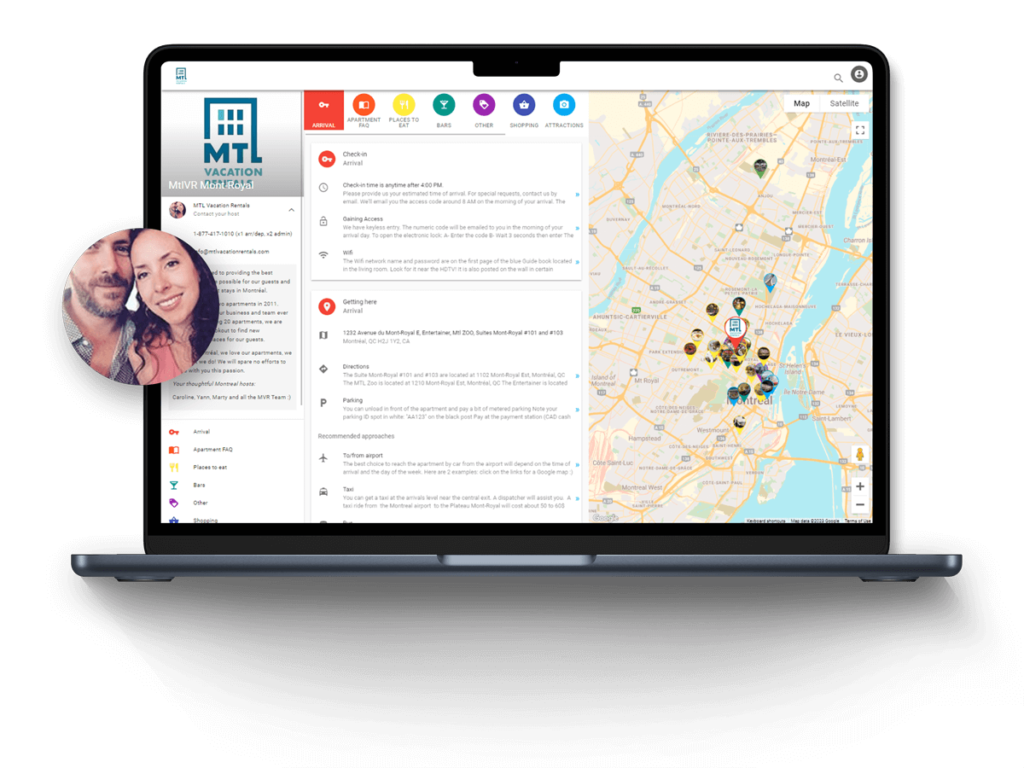
Troubleshooting and support: how to be there when it matters
Automated check-in saves you time and money but it’s not foolproof. Barker is an Airbnb superhost but he says he still encounters minor issues like guests attempting early check-ins or trying to re-enter after their codes expire.
And even if your system works perfectly, guests may still get confused. “On one memorable occasion,” says Barker, “guests were struggling with a locked door they thought had malfunctioned. They called us and it turns out they had locked the handle and not realized.”
Always make sure you’ve included contact details in your emails and guidebook and that someone on your team is reachable. You can also provide instructions on what to do in an emergency. That way guests can take the first steps to solve the problem instead of just waiting for you to arrive, potentially outside your property in the cold.
For example, if someone has claimed your parking space, your guide could tell them about the nearest car park. Guests can drive there while they wait for you to turn up and speak with whoever’s stolen the spot.
With smart locks, it’s best to get ahead of the problem. Leading brands like Jervis Systems let you monitor all your devices remotely so you can see when their batteries are running low. You can arrange for maintenance to replace them at convenient times, eliminating the risk of them draining just before a guest’s late check-in.
A step-by-step guide to setting up automated check-in
Effective automation is tailored to your business setup. That means choosing tools and setting up processes in a way that makes the most sense for your context.
Here’s what to consider when developing your automated check-in process:
Step 1. Understand your needs
Consider your target demographic when deciding what automation tools to use. For example, are guests likely to be tech-savvy? Will they expect you to greet them in person?
One major factor is your local regulations. Many regions have laws for short-term operators concerning which kind of door lock you use or how you verify guest identities. These may rule out certain types of hardware or software. Be sure to check your city, state, and country regulations before you invest in any technology.
Step 2. Choose automation tools carefully
Automation tools must be reliable for you to see a return on your investment. If they keep malfunctioning and affecting the check-in experience, you’ll get some negative reviews.
To help decide between brands, answer the following questions:
- Does the automation tool provide all the essential features?
- How does it compare to competitors on value for money?
- Based on user reviews, does the brand have an overall positive reputation?
- How often does the company update the software?
- What are the customer support options?
- Is there a warranty included? How long is it for? What does it cover?
- Does the automation tool integrate with popular hospitality software?
Integrations often get overlooked but can be a deal breaker. If you can’t share data between all your automation tools, you’ll waste time juggling all the disparate software. There’s a risk you’ll spend a lot of your budget on the tools only to see no gains in efficiency.
Step 3. Build and test your workflow
Once you’ve installed all the software and hardware, test your automated processes to see whether everything is running smoothly. Consider getting a second person to run the checks. As they come to the process with fresh eyes, they’ll be more likely to spot any gaps or errors.
Check a wide range of automation across various scenarios. For example, have someone make a fake reservation and see whether they receive the right emails with the right details. Repeat this for different times, properties, language settings, and more.
Step 4. Review and improve over time
New versions of automation tools get released all the time. It’s important to keep yourself updated to make sure you’re making the most of the technology and meeting guest expectations.
Leading software providers like Hostfully should inform you about any new products or updates. You should find features get added to your existing plan. Our customer support team can familiarize you with the tool and respond to any questions or concerns.
For example, Hostfully is partnering with Jervis Systems to offer smart tech management as a native feature of our system. You can use it as you would any of our other tools.
Collecting feedback from staff and guests can help you identify areas of improvement. You can add questions to your end-of-stay review as part of your email automation. If you implement the suggestions, returning guests will feel extra valued once they see the changes.
Automate check-in while giving guests a personalized experience
Automating check-in can save you time and give guests some much-needed flexibility. Using customizable tools like email templates and guidebooks can help you keep a personal touch.
But not just any automation will do. Tools are most effective when they’re tailored to your specific property and guest demographic. Bonus points if you can integrate them, allowing you to manage every app from one centralized hub.
Hostfully PMS can act as your base of operations. Our system includes a range of tools including email templates, digital guidebooks, and keyless door locks. If you’re looking for niche solutions, Hostfully also integrates with over 100 leading providers in the hospitality sector.
FAQs about automating vacation rental check-in
What should I budget for check-in automation tools?
The optimal budget for automation tools depends on factors like your location and portfolio size. Rather than focusing on a set number, it’s best to look for tools that offer all the essentials for a competitive price. Many solutions offer basic plans for small vacation rental companies so you can access the features you need for an affordable, fixed monthly sum.
How can I keep business and guest data secure?
You can keep business and guest data secure by prioritizing automation tools with robust security features. Look for AES-256 encryption, multi-factor authentication, and GDPR compliance at a minimum. The software company should also regularly update the tool to fix bugs and apply patches, ensuring no vulnerabilities appear in your system.
How can I measure the success of my automated check-in process?
You can measure the success of your automated check-in process through various metrics. The top ones to watch for efficiency are turnover time, check-in completion rates, and the number of support requests. For guest satisfaction, check factors like your ratings and repeat bookings.
